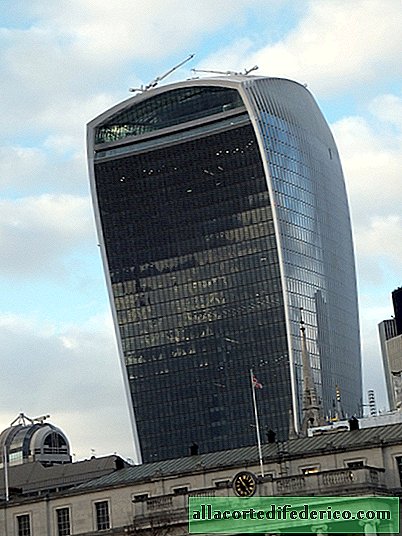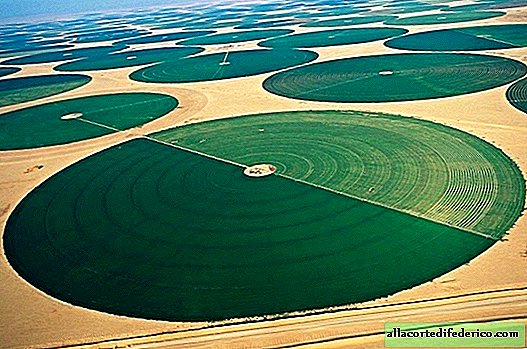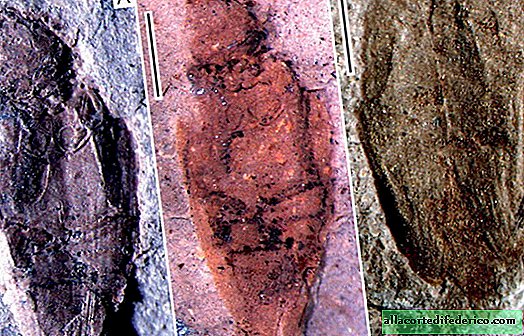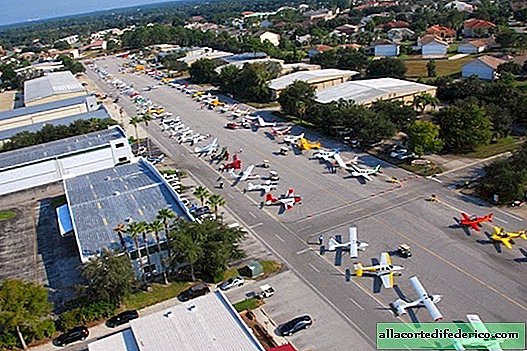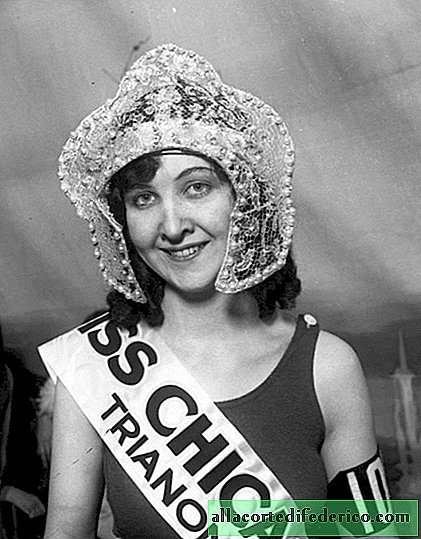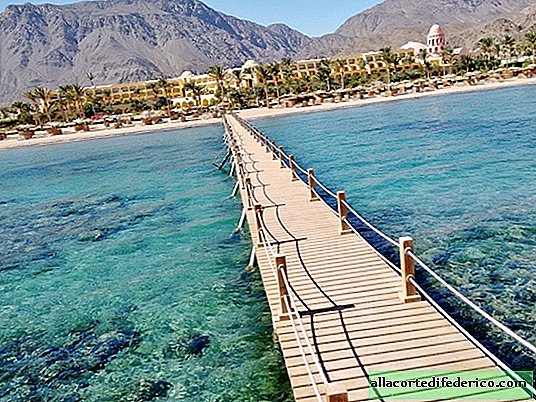A statue of Pharaoh Ramses II was found in Cairo, whose age is 3000 years.
A team of German and Egyptian archaeologists made a colossal discovery. In the slums of the Mataria district in Cairo, parts of a massive statue were found, which, scientists believe, depicts the legendary pharaoh Ramses II and is 3000 years old. The find opens the veil of the ancient history of the origin of the world and may indicate a new chapter in the history of Egypt.
The restored bust and the head of the antique statue are 8 meters long and made of quartzite. In addition, the upper part of a smaller statue depicting Pharaoh Seti II (grandson of Ramses II), as well as pieces of an obelisk with hieroglyphs, were excavated. Experts have already begun work on the restoration of artifacts, which will later be exhibited in the Great Egyptian Museum. Its opening is scheduled for 2018.
Ramses II is considered the greatest of the pharaohs who ever ruled the Egyptian empire. He believed that the world was created in Heliopolis, on the territory of modern Mataria. It should be noted that this sensational discovery can help the Egyptian tourism industry, which has been hit hard in the past 6 years by political unrest and terrorist attacks, once again become successful and prosperous.
In Cairo's slums, they found an amazing artifact of Egyptian history, which is 3000 years old.
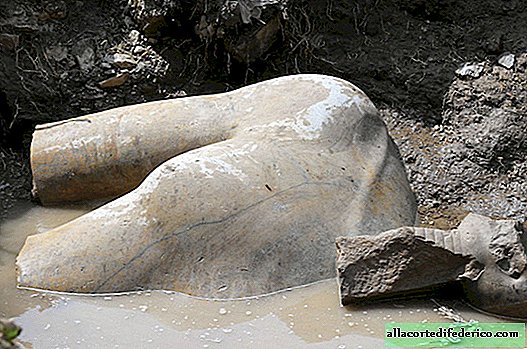
An 8-meter-high statue of Pharaoh Ramses II was immersed in groundwater.

Ramses II is considered the greatest of the pharaohs who ever ruled the Egyptian empire. He was also a famous military leader.

Pieces of the obelisk with hieroglyphs and part of the statue of the pharaoh Seti II were also found.

Ramses II believed that the world was created in Heliopolis, on the territory of modern Mataria.

This monumental discovery was made by a group of German and Egyptian archaeologists. Experts have already begun work on the restoration.

Locals were amazed at the find no less than archaeologists. They gathered to capture the excavation.

Later, the statues will be exhibited at the Great Egyptian Museum, which will open in 2018.

The sensational discovery could help the Egyptian tourism industry, which has been hit hard in the past 6 years by political unrest and terrorist attacks, once again be on horseback.

Mataria is considered the location of ancient Egyptian solar temples, which were built to worship the sun god Ra.

Other ruins of Heliopolis were found earlier in the northern regions of Cairo, which indicates that this statue most likely depicts precisely Ramses II.

Solar temples, which were supposedly twice as large as the Karnak complex in Luxor, were completely destroyed during the Greco-Roman era.

We hope that the excavations of these statues will tell more about the life of the ancient Egyptian pharaohs, including Ramses the Great.





